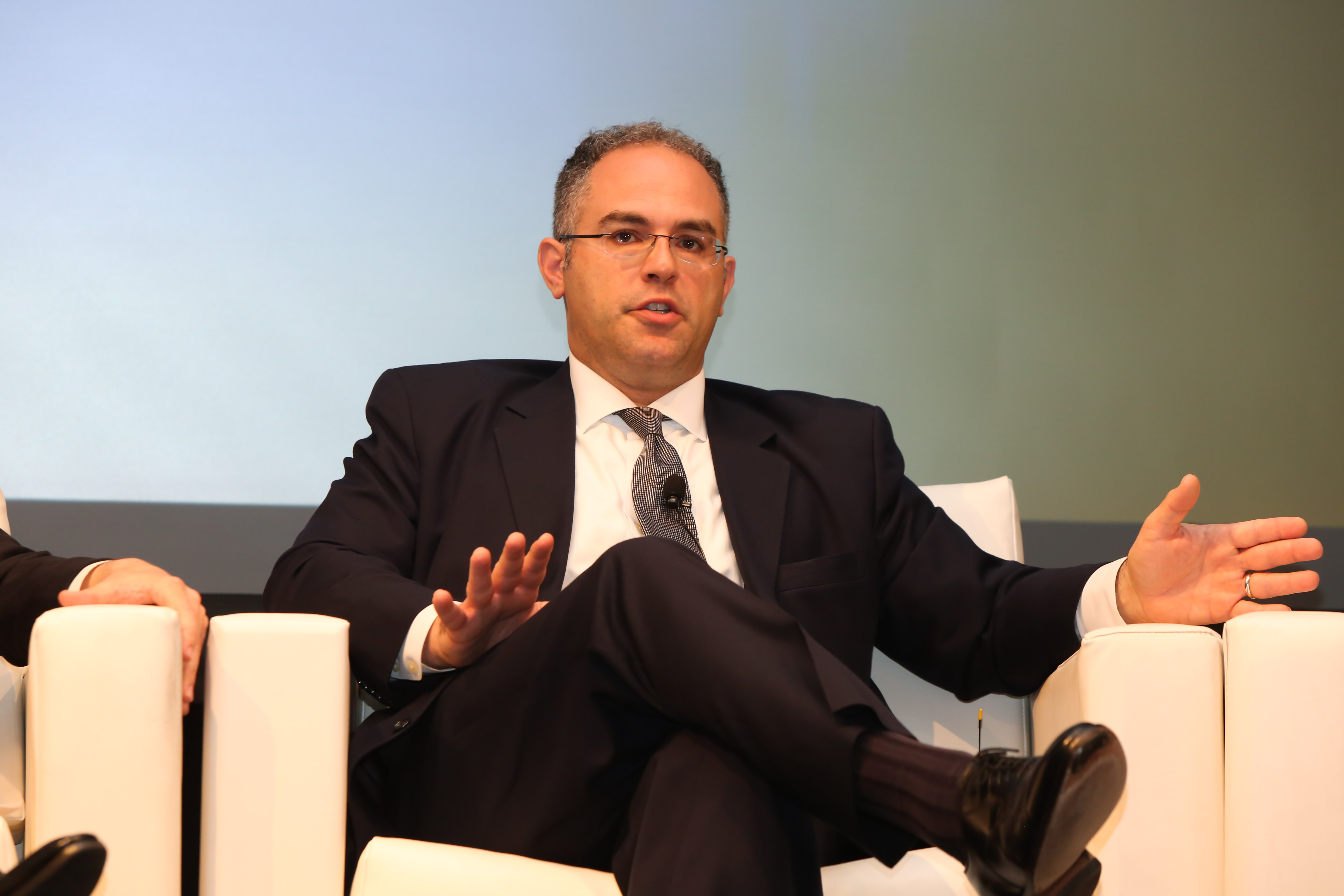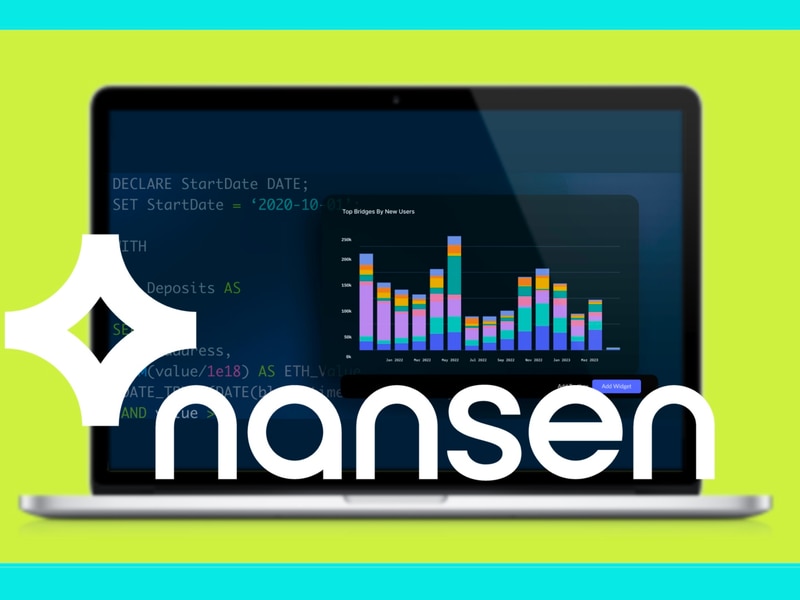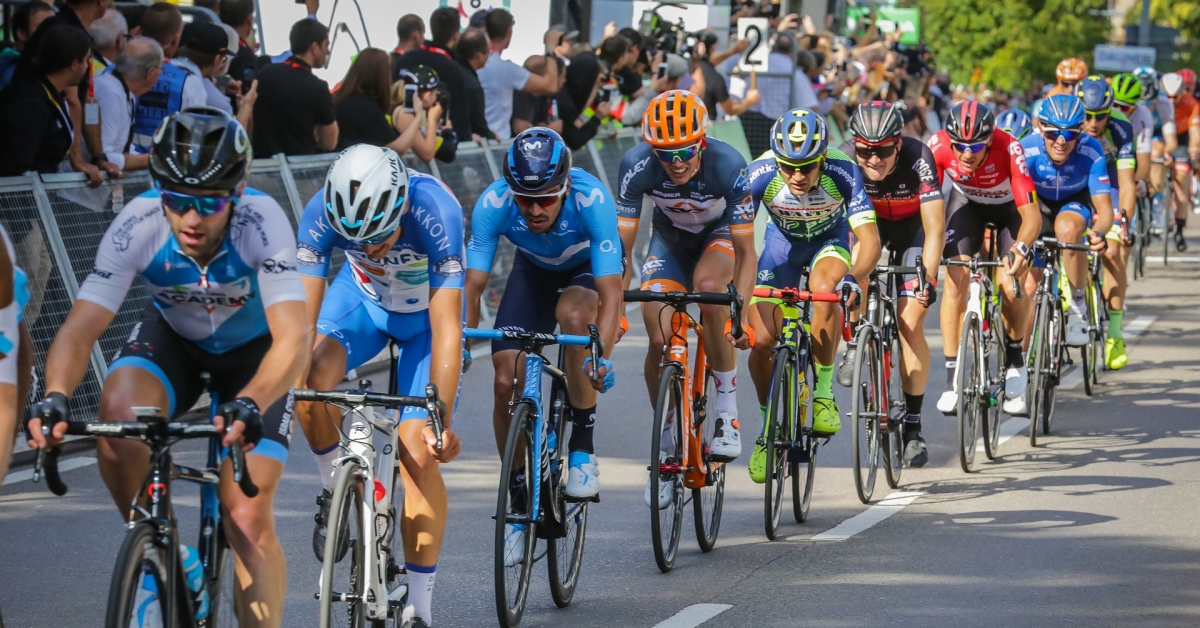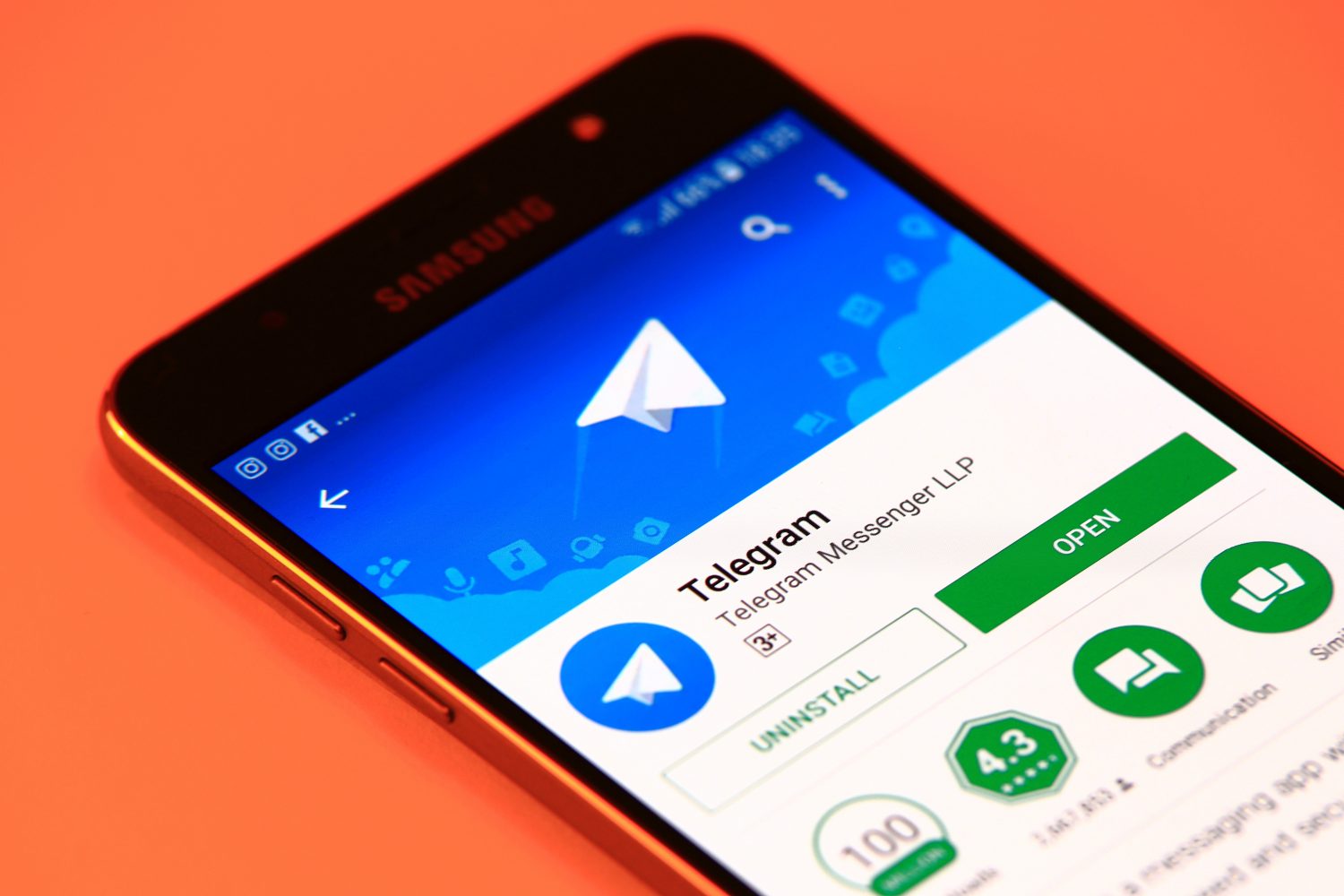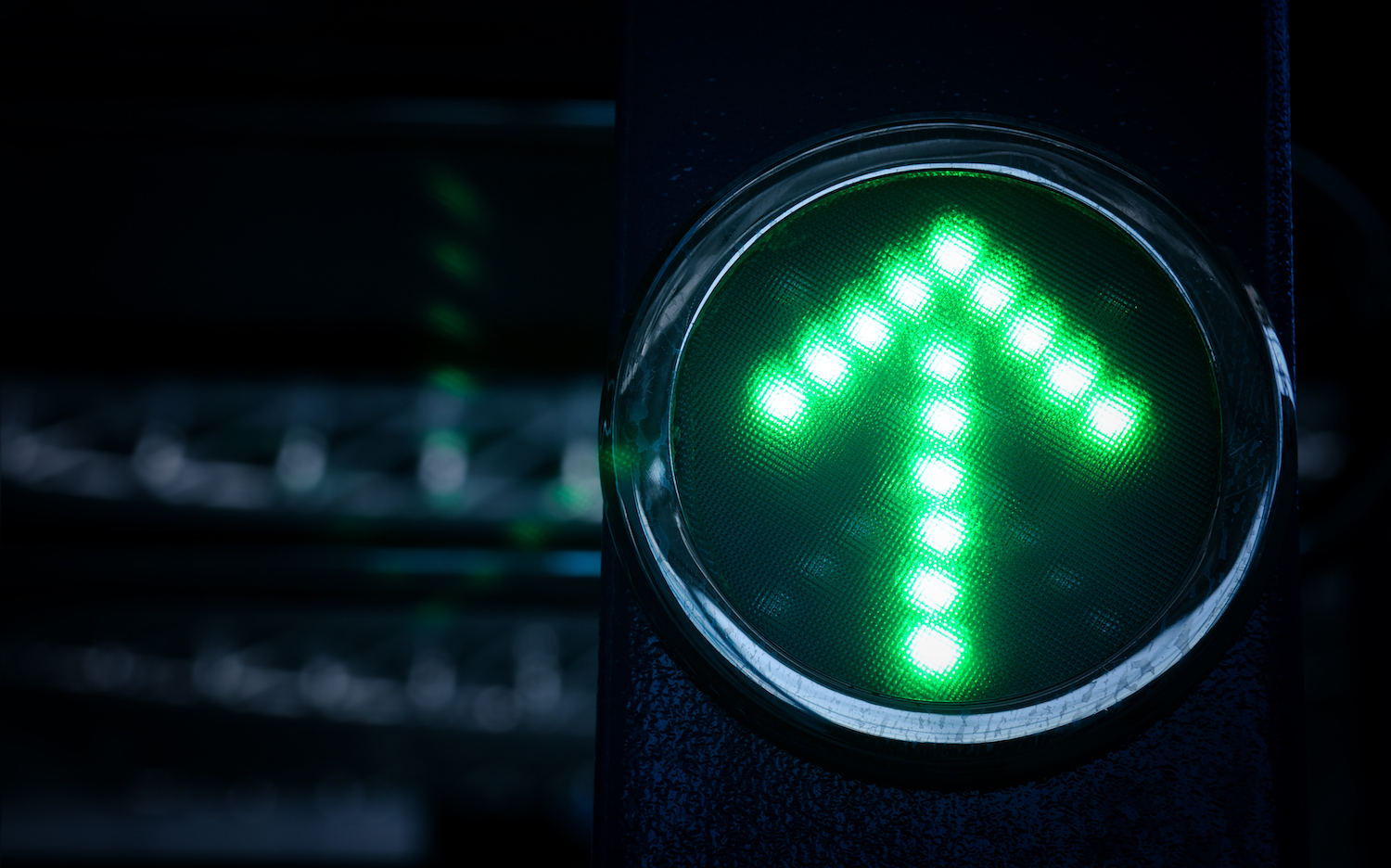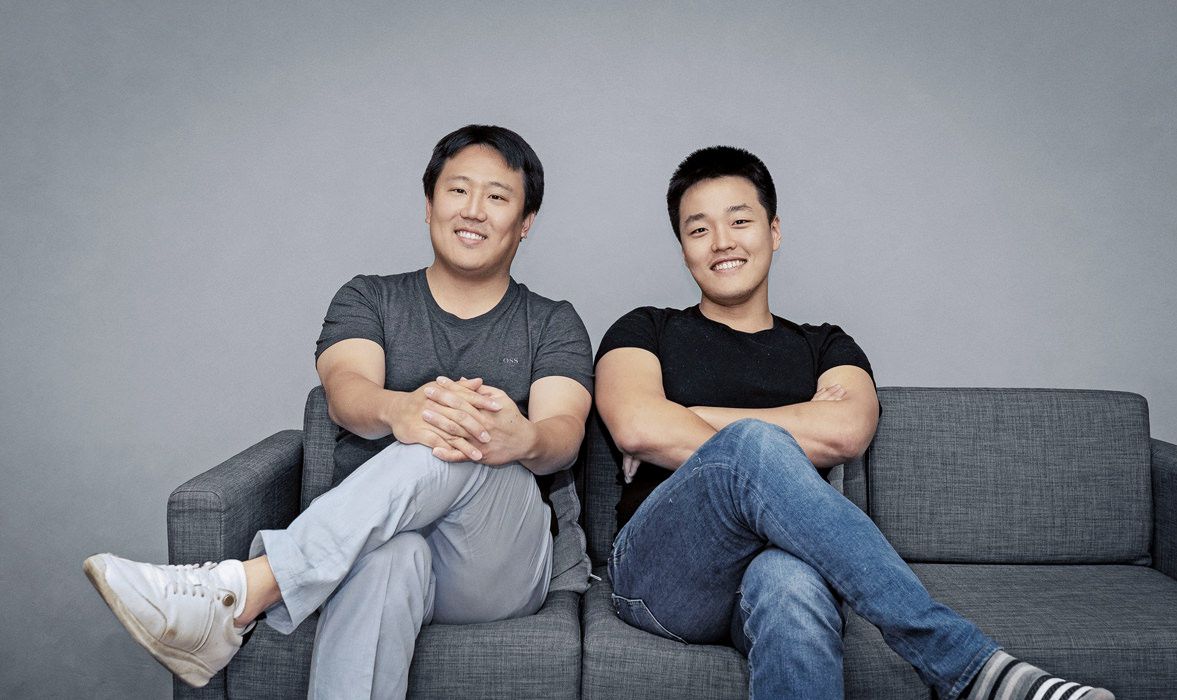Breaking Down the Bankless Backlash
Here’s a crypto story full of sound and fury that may actually have a happy ending: Bankless HQ, a media brand, and BanklessDAO, a semi-related entity, are discussing divorce. And it’s the kids’ fault.
It’s unlikely the split will be acrimonious; David Hoffman and Adam Sean Adams, the co-creators of the influential Bankless brand, submitted a proposal to the decentralized autonomous organization (DAO) that shares a name. Right now they just want to talk.
This is an excerpt from The Node newsletter, a daily roundup of the most pivotal crypto news on CoinDesk and beyond. You can subscribe to get the full newsletter here.
“We’re in the parameterizing phase right now,” Hoffman said in a video call. The professional podcaster’s livestream quality was crystal clear, the bitrate of someone who puts time, attention and capital into the two-to-four news roundups and interviews uploaded each week.
The topic and terms being “defined?” Whether BanklessDAO will be able to call itself that going forward, after a proposed fundraising and education initiative, put forward by the DAO, apparently without Hoffman and Adams’ knowledge, blew up the entire brand this holiday weekend.
Specifically, a large section of “Crypto Twitter” (and some segments of “Bitcoin Twitter”) took serious offense that BanklessDAO requested 1,818,630 ARB (ARB trades around dollar parity, so ~$1.8 million) to fund a year-long education initiative intending to onboard people to the Arbitrum network.
“This triggered the reflex of crypto Twitter … people thought it was a DAO treasury raid,” Hoffman said. It’s happened before: five times in the past two years, according to Hoffman. “It seems like there’s these pile-on events where somebody’s mad about us for something and … it’s, like, ‘time to air our grievances about Bankless.’”
The proposal, if passed by Arbitrum’s affiliated DAO, would fund a “multilingual marketing campaign,” content writing, 22 podcasts, 50 events and 85 “how to” training sessions, all meant to introduce the core Arbitrum tech and tools/protocols built on top of the Ethereum scaling layer to a new audience.
Whether that is a “treasury raid” is a matter where reasonable minds can disagree, and something the Arbitrum DAO will vote on. BanklessDAO has done similar initiatives in the past, the most relevant being for rival Ethereum L2 Optimism – most of which Hoffman claimed total ignorance of (“I’ve been asking for that information and I haven’t really gotten any,” he said).
To Hoffman, the most recent backlash is the result of a few moving parts. First is that X (née Twitter) is a “funhouse mirror” and “bad content platform for conversation.” Second, Arbitrum paid about half a million dollars to advertise on Bankless’ media products, which makes the DAO’s separate funding request optically a cash grab.
Most important is an issue that should be intensely familiar to anyone who has spent any amount of time in or observing DAOs: the “failure to delineate” between distinct organizations that often share a name and founders, but exist for different ends.
Bankless, for instance, is the established media brand that covers the niche DeFi sector. It employs about 20 people, if you include its full-time contractors, and is the brainchild of Hoffman and Adams. There is a media team that produces podcasts and newsletters, a business side that manages relationships including with advertisers and a “software arm” that is “struggling to get traction.”
Hoffman and Adams also manage a separate VC entity that raised $35 million, though the Bankless LLC never took on outside funding since its incorporation in 2020 (when the duo went full time with it).
BanklessDAO, meanwhile, legally speaking, is an organization that does not even exist. The DAO was founded in 2021, amid a bull run that saw bitcoin rocket $69,000, and so while it counts just under 30,000 members on Discord, it’s hard to judge how many joined and left. Hoffman described the DAO as a “very flat” entity composed of “sub DAOs,” including units focused on consulting and publishing, an audio and video guild and something called “Fight Club.”
“They all come together and, like, amalgamate into the DAO,” he said. Hoffman and Adams at one point paid two Bankless staffers for an additional role of “DAO coordination,” who could have had the CEO title, if that term made sense in the world of DAOs.
DAOs are something of a crypto-specific idea, once described by the New York Times as a “group chat with a bank account.” Some DAOs oversee major financial operations, like MakerDAO and Maker, but they’re usually just a social group with a Discord channel and a token that gates access to the club and serves as seed funding. And like most crypto-specific ideas: they have issues.
The Bankless founders, after initially getting defensive and deflecting responsibility for the DAO’s actions, are now on Twitter and the Bankless Discord, making attempts at damage control. There’s “an actual meeting later this week to just to see each other face-to-face,” Hoffman said.
One of BanklessDAO’s primary complaints is that Hoffman and Adams have been “hands off.” This is a legitimate point of contention; the Bankless co-founders started the DAO, promoted it over their many distribution channels and at one point held as much as 25% of the BANK tokens used to vote on governance decisions. (They haven’t sold tokens, they both said, but now collectively own less than 15% after distributing some to “the DAO genesis team.”)
Bankless also handed off a profitable on-chain investing protocol called the Index Coop to BanklessDAO when it launched in 2021 as well as a blockchain-related apparel unit. While membership from the company to the DAO has been fluid in the past, DAO members do not get voting rights over all of Bankless and “no current HQ employee has also been a DAO person,” Hoffman said.
There’s a reasonable argument to make that someone — perhaps, say, the Bankless founders — should have been more involved in the DAO’s operations. If only because an amorphous social club was licensing their valuable trademarks free-of-charge, and making decisions that could materially affect the actual business’ interests.
Hoffman recognizes that was a mistake, and seems convinced the solution is to cleave the organizations. Adams tweeted Sunday there’s a plan to “submit a governance proposal to @BanklessDAO early next week to clarify branding separation between the entities” and burn their bank of BANK tokens. No formal proposal has been made, and there are many different possible outcomes.
To some extent, there is a lesson here for crypto startup founders about the dangers of ceding partial control of your business or reputation to an outside organization. There are lessons too for DAOs, and the importance of leadership. And while I personally think BanklessDAO’s Arbitrum education proposal is reasonable — the budget asked for is in line both with DAO compensation and marketing initiatives — there’s probably a bigger message to be made about messaging.
But for Hoffman, Bankless is also “an idea.” While from the jump the co-founders knew they wanted to keep Bankless HQ a “lean” company with a well-defined audience, Hoffman and Adams are also the truest of true believers in crypto and were taken by the idea of “decentralizing” their media operation.
“So many people would DM us and offer their services and backgrounds in some adjacent field … wanting to help Bankless,” Hoffman said. “We just didn’t have a spot for them inside of the centralized company.”
Around the time their podcasts began to take off, DAOs were a topic of polite conversation — that same year a NYT reporter participated in a failed initiative to purchase an original manuscript of the U.S. Constitution, for instance — and the whole thing began to seem like a way Bankless could grow without really growing.
And to a large extent, that is true. Bankless, the media company, run by two founders without any prior journalistic experience, is one the most successful organizations in the game. At a time when crypto trade publications are slashing budgets and employees, Bankless is biding its time even as its audience has shrunk significantly.
There are legitimate complaints about potential conflicts of interests, an overly positive bias and a reliance on Web2 funding models like advertising at Bankless, it is also undoubtedly an enviable operation.
Hoffman and Adams spend their time reading and writing about and communicating what they love, and are profitable for it. Bankless is often where I go when I want to understand the complexities of crypto, and is often what I recommend to people looking to dip their toes into something new on Ethereum.
Likewise, BanklessDAO got big by leveraging the Bankless brand, and is now such a force it has to be reckoned with by its makers. It seems like one of the few DAOs worth joining, and before this weekend’s backlash seemed relatively drama free. “It is a headless brand,” as Hoffman said, who may not even have a right to say such a thing.
To the extent that Bankless are bad actors or “bad for Ethereum,” it’s only insofar as crypto today itself is laden with problems. The “movement” and “mission” both the company and DAO are “driving towards,” the idea of being “bankless,” would be terrible at least using the available alternatives. But give credit where it’s due, it’s still terrific branding.
But putting aside the issues that the Bankless brand embodies about Web3, this whole mess is also an issue of the internet crypto wants to replace. On social media, everyone thinks they can write — and so everyone thinks what Hoffman and Adams built is repeatable. It’s not, it takes work and dedication and some luck.
And while dogfights may be exasperated by Twitter’s algorithm, the way you communicate is still your choice.

